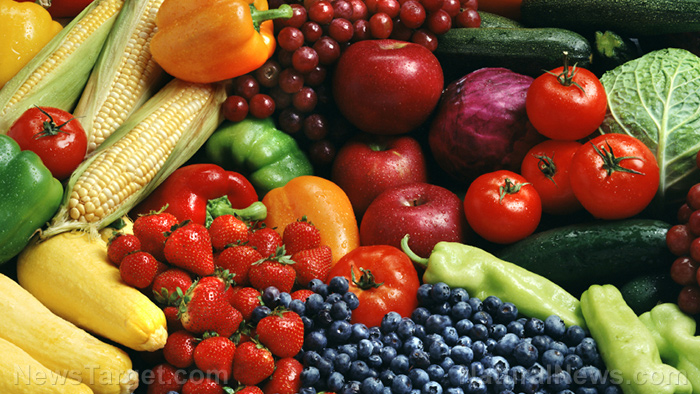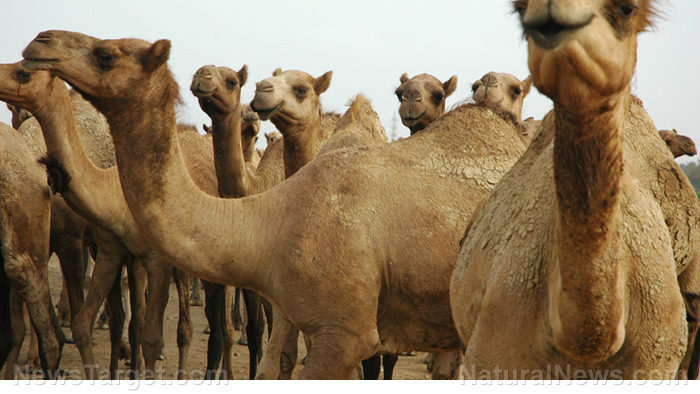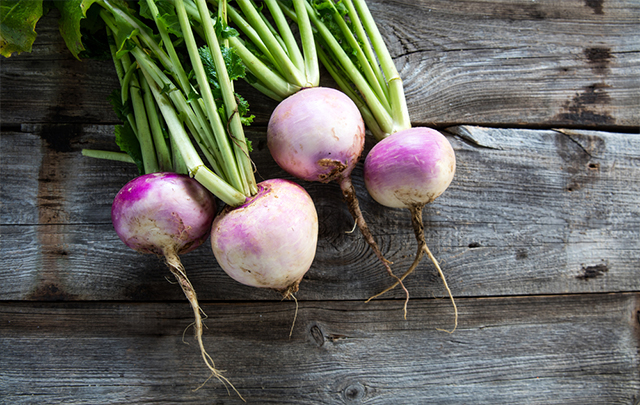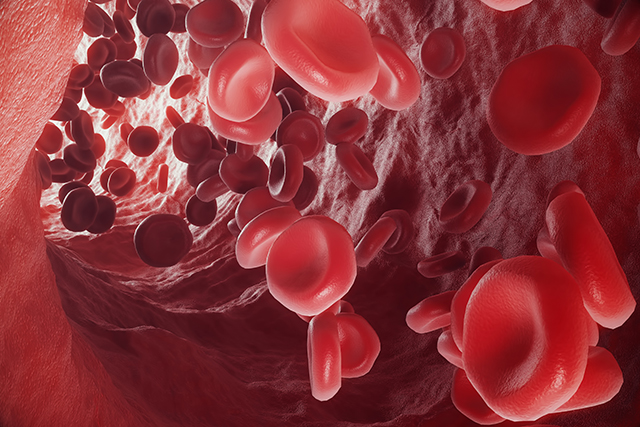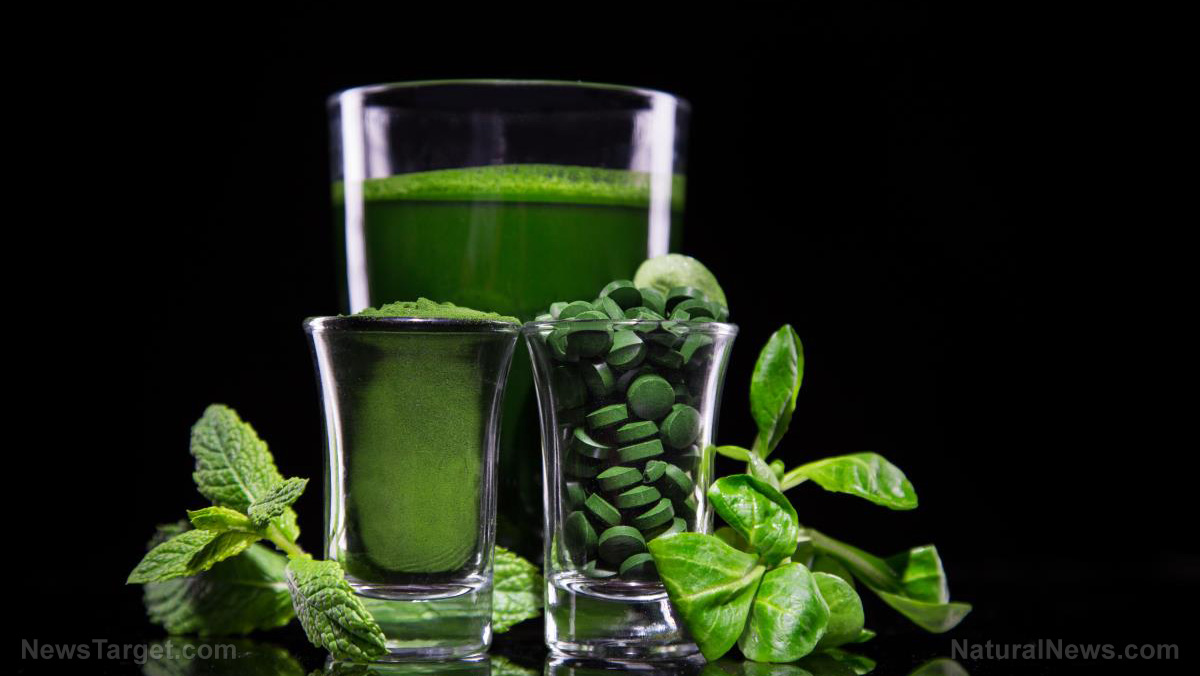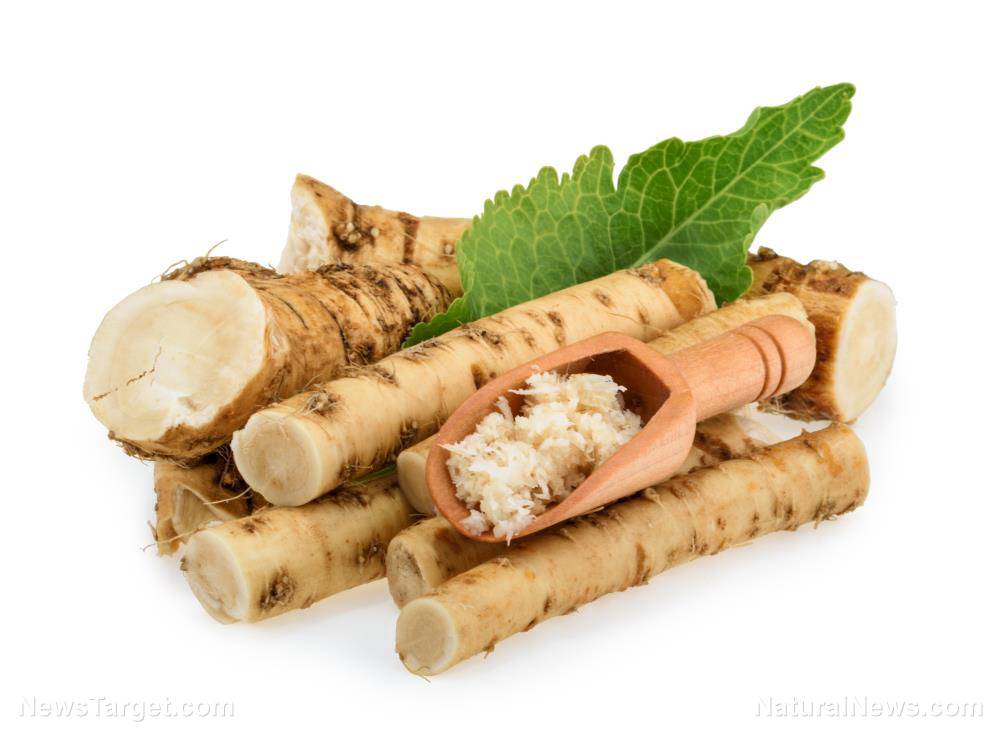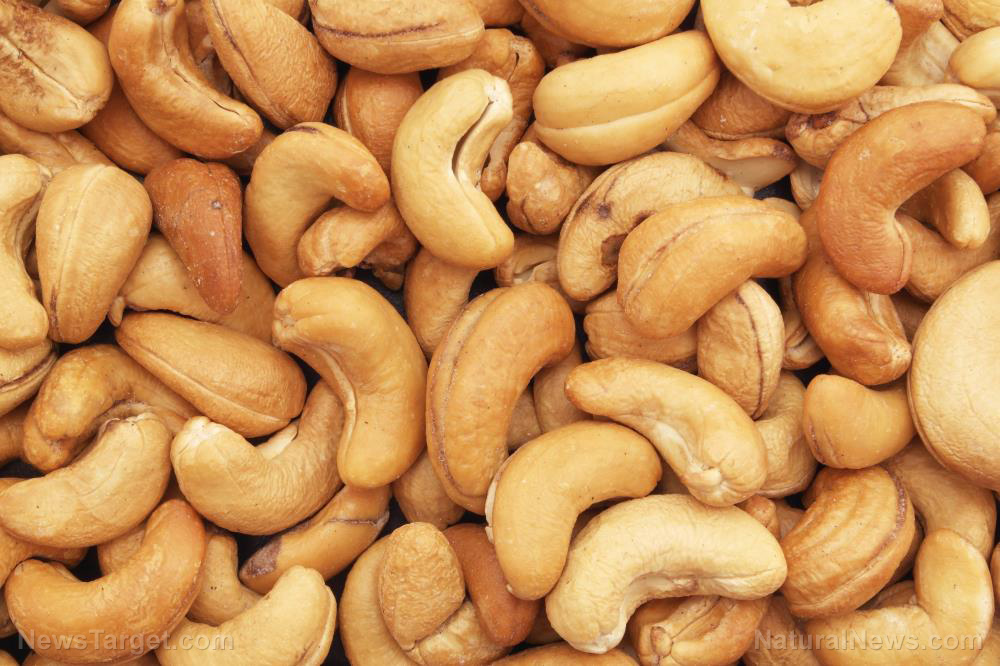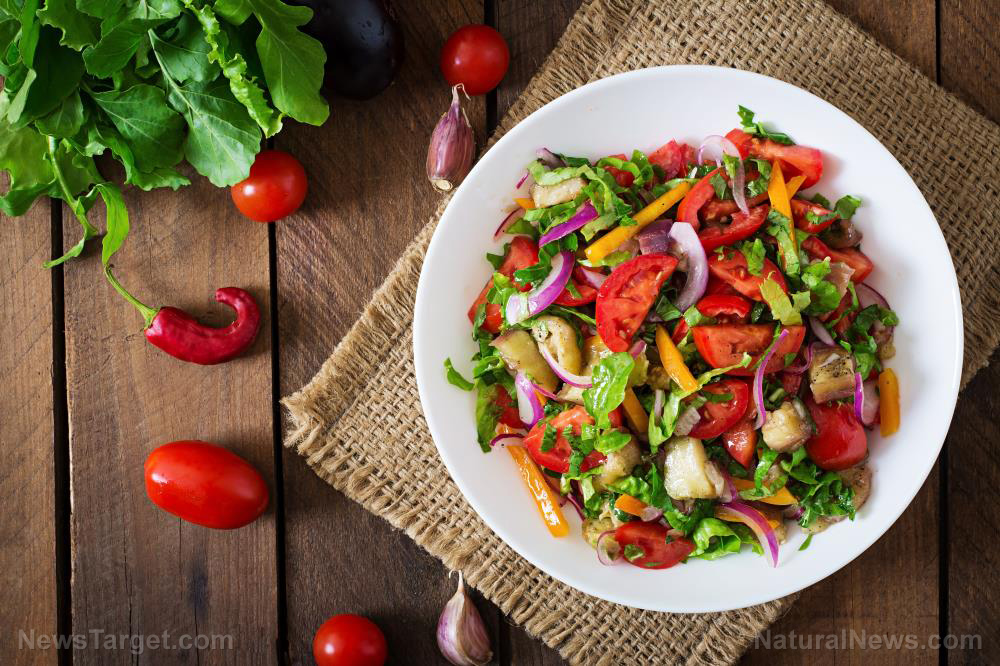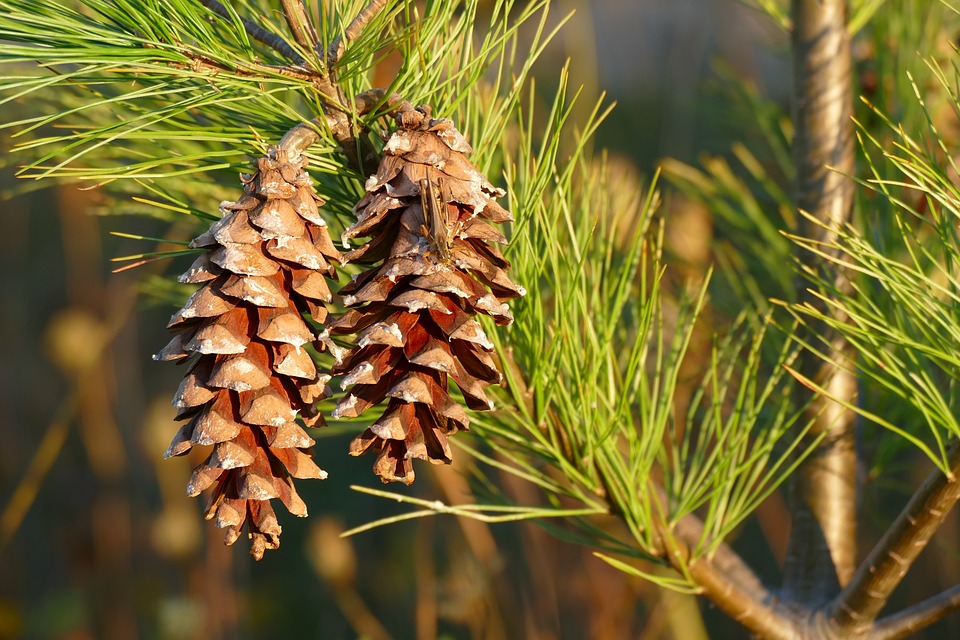Adding amaranth leaf powder to maize snacks improves their nutritional profile
10/07/2018 / By Zoey Sky
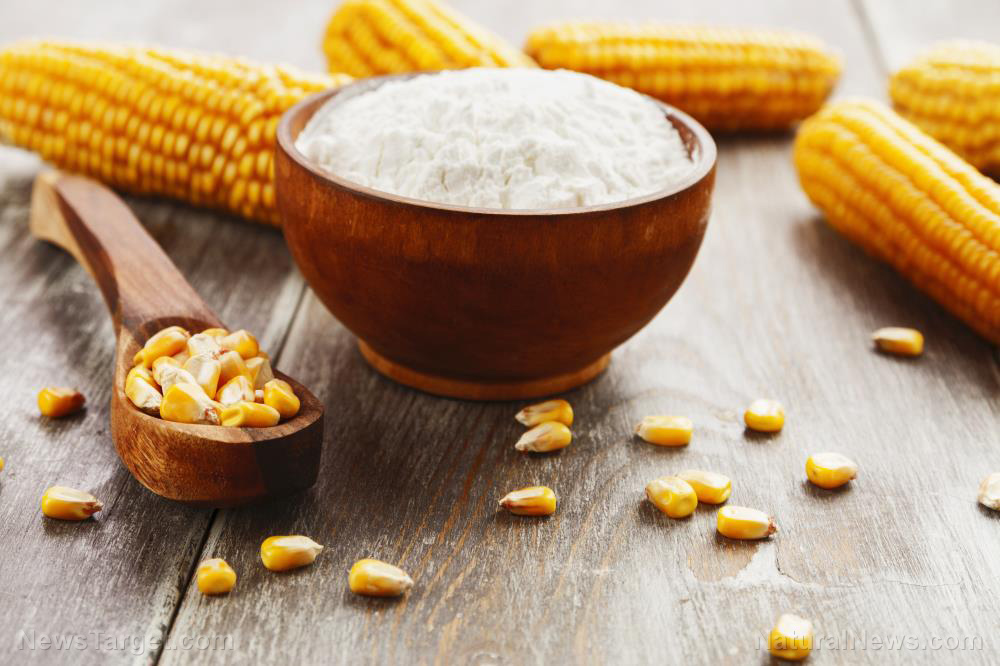
It’s no secret that maize (Zea mays) – more commonly known as corn – is a popular vegetable, thanks to it being a versatile and nutritious grain. Maize is often used in various sweet or savory dishes such as cornbread or salads. However, a study revealed that adding amaranth (Amaranthus cruentus) to maize snacks can help boost its nutrient content.
Data from the study, which was published in Food Science and Technology, revealed that the study involved the presentation of maize snacks with varying levels of amaranth content to a consumer panel to judge the snacks’ acceptability.
Researchers who participated in the study where from various African schools and universities, and their goal was to confirm of adding amaranth leaf powder had any positive effects on the nutritional profile of provitamin A-biofortified (PVA) extruded maize snacks.
In food processing, extrusion is often used to make products like baby food, bread, or pasta. Extrusion molds a food product into a more desirable shape for consumption. The process involves a ground food product that is then turned into a different shape.
In the study, researchers worked with flour made from four varieties of PVA maize. The flour was then combined with different amounts of amaranth leaf powder (zero to three percent). Once the ingredients were combined, the results showed that the ash and protein content of the maize snacks increased after the addition of amaranth leaf powder. The lysine and methionine content of snacks also increased.
The researchers used PVA maize amounts that ranged from 1.29 micrograms (mcg) to 1.40 mcg with zero percent amaranth leaf powder and 1.54 mcg to 1.78 mcg at three percent amaranth. (Related: Nutritionists find a way to boost the nutritional profile of maize tortillas naturally.)
The maize snacks were presented to a consumer panel and the scientists analyzed the feedback from the participants. The report showed that the acceptability of the snacks went down as the amaranth concentration of the maize snacks increased. A small percentage (two to eight percent) of the panel indicated very positive reactions to the maize snacks that had added amaranth.
The study findings imply that amaranth leaf powder can positively affect the mineral content of extruded maize snacks. This method can potentially address mineral deficiencies which are common in sub-Saharan Africa. The data also confirmed that amaranth leaves and grains are more nutritious compared to cereal grains.
Upon the addition of amaranth leaf powder, the maize snacks had a higher provitamin A carotenoid content. This means that amaranth leaf powder can be used to prevent vitamin A deficiency.
Sensory quality and consumer acceptability
The sensory quality of food is closely tied to consumer acceptability. Unfortunately, the higher the amaranth leaf powder content of the maize snacks were, the more the consumer panel disliked the food products. This is because amaranth content affected the color of the present snacks.
The green pigments from amaranth leaf powder didn’t have a negative effect on the reaction to the color of the maize snacks, which is crucial to the consumer appeal of food products. The texture of extruded snacks is another major sensory attribute because it directly affects snacks-related eating sounds.
Feedback from the consumer panel showed that sensory attributes like “color, taste, texture, and appearance are some of the key sensory qualities that contribute to consumer acceptance of snacks.”
The study authors concluded that adding Amaranth leaf powder to the extruded PVA maize snacks did have noteworthy effects on their quality attributes. The nutrient content of the snacks, such as essential amino acids, iron, and provitamin A, increased following the addition of amaranth leaf powder.
However, although the maize snacks made with the biofortified varieties were rich in minerals and proteins, further study can help improve the sensory quality of amaranth-enriched snacks. The researchers advised that this is can be done by educating consumers about the nutrient content of amaranth and the health benefits of maize-based snacks.
You can read more articles about other articles about the nutritional benefits of maize and other nutritious vegetables at Nutrients.news.
Sources include:
Tagged Under: amaranth, amaranth leaves, Amaranthus cruentus, corn, food extrusion, food quality, food science, food supply, fortification, ingredients, maize, maize snacks, nutrients, nutrition, pro-vitamin A, snacks, under-nutrition, white maize, Zea mays

